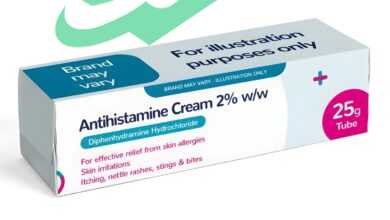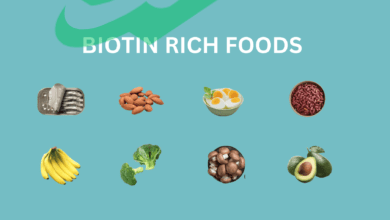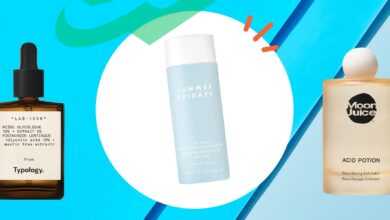5 Surprising Benefits of Henna You Didn’t Know
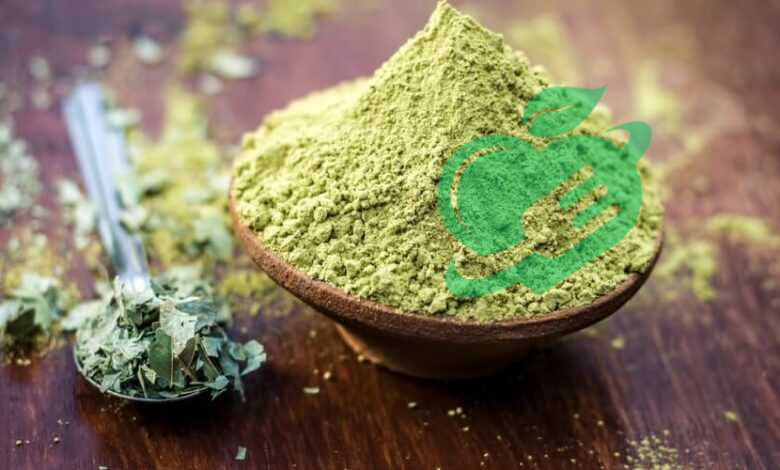
Meaning and Origin of Henna
known scientifically as Lawsonia inermis, is a flowering plant primarily found in the Middle East, North Africa, and parts of South Asia. Its significance transcends mere aesthetics, embedding itself into the cultural and traditional fabrics of many societies. The name “henna” derives from the Arabic word “ḥinnā’”, representing both the plant and the dye that is created from its leaves. From ancient times, people have been captivated by hinna’s rich, reddish-brown dye. It has been used for centuries in various cultural practices and celebrations. The dye is not just for beautification but also symbolizes fertility, joy, and celebration in numerous traditions.
Historical Significance of Henna in Hair and Skin Care
Historically, henna has served multiple purposes, especially in hair and skin care routines. It was often utilized by ancient Egyptians, who revered hinna for its cooling properties during scorching summers, applying it to their skin as a natural form of sunscreen. Some notable uses throughout history include:
- Hair Dye: Ancient cultures used hinna to color hair and darken grays, providing a beautiful and natural alternative to chemical dyes.
- Body Art: In more recent centuries, henna became notable for creating intricate designs on the skin, particularly during festive occasions like weddings and religious ceremonies.
- Medicinal Uses: Hinna has also found its way into herbal medicine, where it is used for its potential antifungal and antimicrobial properties.
In essence, henna’s applications in beauty and health reinforce its importance as not just a dye but rather a natural, culturally rich component of hair and skin care traditions worldwide. This blend of functionality and artistry has kept henna relevant, bridging past and present practices.
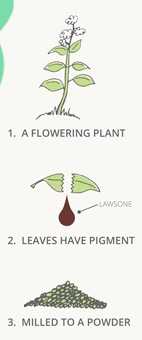
Properties and Benefits of Henna
Natural Coloring Properties
One of the standout features of henna is its remarkable natural coloring properties. Unlike synthetic dyes, which can contain harmful chemicals, hinna provides a safe and vibrant alternative. The primary pigment in hinna, lawsone, binds effectively to the keratin in hair, delivering a rich, reddish-brown hue that can enhance one’s natural beauty.
- Permanent Yet Safe: The color that results from using henna tends to be long-lasting but is also gentle on the strands. Many people have shared their experiences where they transitioned from chemical dyes to hinna, only to find their hair feeling healthier and looking shinier.
- Customizable Shades: With the right mixing techniques, shades can be tweaked. For instance, adding indigo can create darker tones, ranging from deep browns to soft blacks, showcasing hinna’s versatility.
Nourishing Qualities for Hair and Skin
Beyond its enchanting color, henna acts as a superb conditioner for hair and can transform skincare routines. Its nourishing qualities are well-documented:
- Restores Moisture: Regular application of hinna can help restore moisture balance in both hair and skin. Users often notice a significant reduction in dryness and brittleness.
- Strengthens Hair: Many individuals report improved hair strength and reduced breakage after consistently using henna. The conditioning properties of hinna are attributed to its ability to envelop each strand, providing a protective coating.
- Skin Benefits: When applied to the skin as a paste, henna can offer cooling properties and soothe irritation. Its antimicrobial properties can also help treat certain skin conditions.
By embracing henna, individuals are not only adopting a color treatment but also nurturing their hair and skin, aligning beauty with nature. This dual benefit underscores why henna remains popular across cultures and generations.
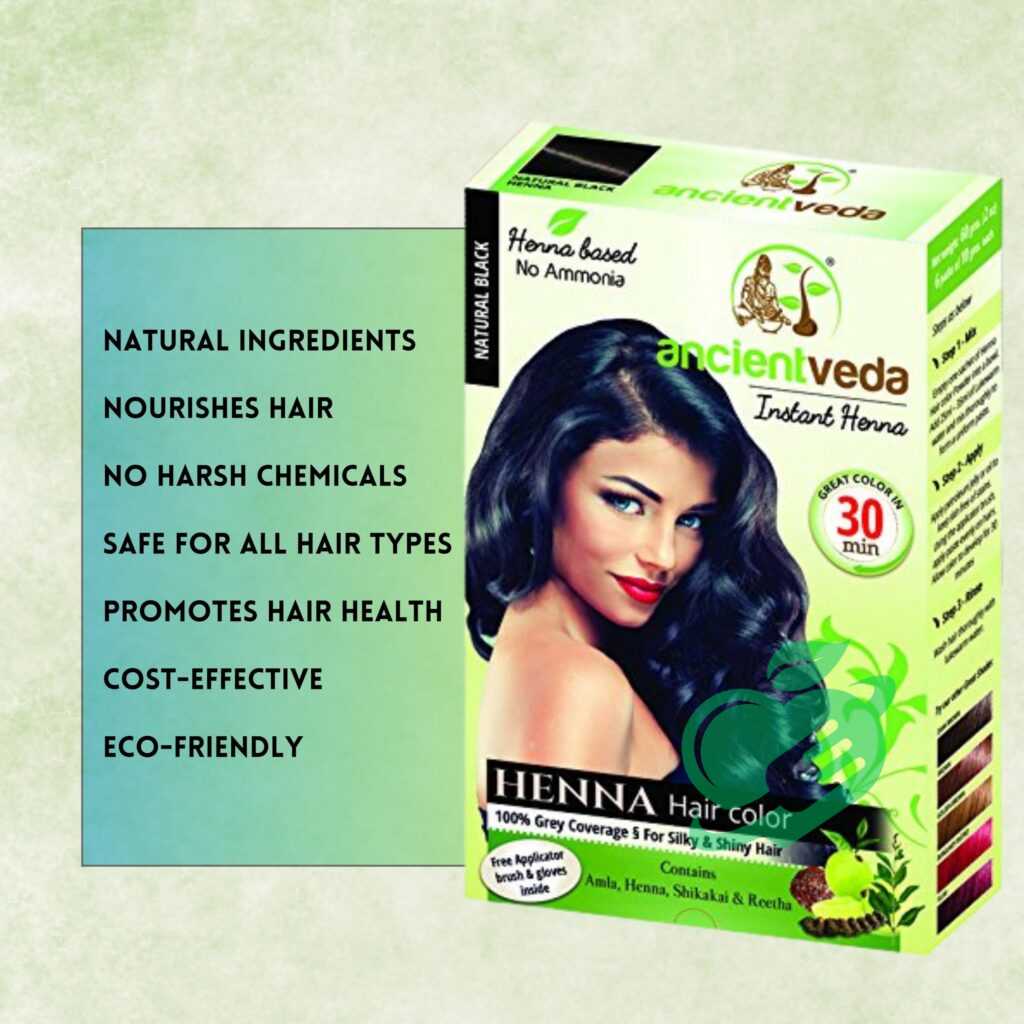
Application Techniques for Hair
Preparing Henna Paste
Now that we’ve discussed the nourishing benefits of henna, it’s time to delve into one of the most exciting parts: applying it to your hair! The first crucial step is preparing the hinna paste. The quality of your paste significantly impacts the final color and effectiveness. To create a rich hinna paste, you will need:
- Organic Henna Powder: Ensure it’s of high quality for the best results.
- Lemon Juice or Vinegar: This helps to release the dye effectively.
- Water: To adjust the consistency as needed.
- Essential Oils (Optional): Oils like lavender or eucalyptus can add pleasant scents and additional benefits.
Steps:
- Mix the Henna Powder: In a non-metal bowl, combine hinna powder with lemon juice or vinegar.
- Add Water Gradually: Slowly add water while mixing until a pudding-like consistency is reached.
- Let it Sit: Cover the paste with plastic wrap and let it rest for 4–8 hours or overnight to allow dye release.
Applying Henna for Hair Dyeing
With your paste ready, it’s time to apply hinna to your hair. It’s simpler than you think!
- Section Your Hair: Divide it into manageable sections using clips.
- Use Gloves: Always wear gloves to avoid staining your hands.
- Apply Generously: Use a brush or your hands to apply the henna liberally from roots to tips, ensuring full coverage. A friend or family member can help with hard-to-reach areas!
Tips for Achieving Desired Results
Achieving that perfect henna hair color comes down to a few helpful tips:
- Timing Matters: Leave the hinna on your hair for at least 2–4 hours. For deeper colors, some opt for an entire day!
- Heat for Better Absorption: After application, cover your hair with a shower cap. The warmth helps the color penetrate better.
- Pre-Wash Your Hair: Avoid using conditioner before application; clean, dry hair absorbs henna best.
Using these techniques can lead to vibrant, long-lasting color while keeping your hair healthy. Just remember, patience is key! Enjoy the process, and soon you’ll be admiring your beautifully tinted locks!
Read also: 5 very special masks for oily skin
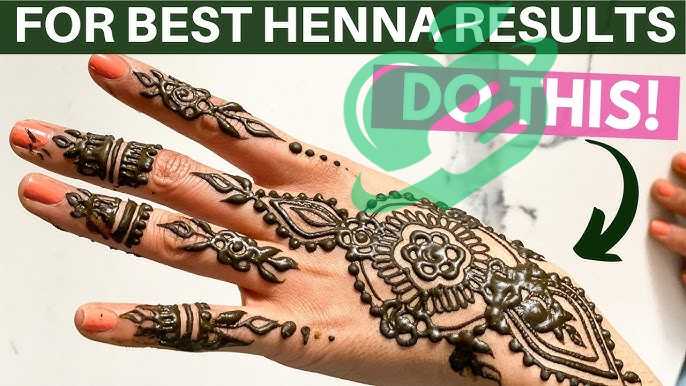
Application Techniques for Skin
Creating Henna Tattoo Paste
Now that we’ve explored the art of hinna for hair, let’s dive into how to use henna for body art! Creating hinna tattoo paste is the foundational step, and it’s easier than you might think. This paste can be used for everything from intricate designs to simple patterns, making it a versatile choice for body art. To prepare your hinna tattoo paste, you’ll need:
- Henna Powder: Make sure it’s 100% natural and free from additives.
- Lemon Juice: This acts as a natural acid that helps release the dye.
- Sugar: To enhance the stickiness and improve the consistency.
- Essential Oils (Optional): Such as tea tree or eucalyptus, which can promote a richer color.
Steps to Create the Paste:
- Mix: In a non-metal bowl, combine henna powder with lemon juice and sugar.
- Add Water Gradually: Incorporate enough water until you achieve a smooth, thick consistency, resembling toothpaste.
- Let it Rest: Cover and leave the mixture to sit for at least 6-8 hours to allow the dye to release effectively.
Applying Henna Designs on Skin
When you’re ready to apply, consider these essential tips to make your henna design experience enjoyable:
- Clean the Area: Start with clean, dry skin as this helps the paste adhere better.
- Get Creative: Using a plastic cone or a fine-tipped applicator, carefully pipe your desired design onto the skin. Don’t worry if it isn’t perfect—henna is forgiving, and designs can be built upon or modified!
- Thickness Matters: Apply the paste in an even thickness to ensure a more uniform color.
Aftercare for Long-Lasting Results
Once your artwork is complete, proper aftercare is crucial to achieve that deep, rich color.
- Keep it Dry: Avoid water for the first 24 hours. This helps to ensure the dye has time to set.
- Seal in the Design: Cover the henna with a bandage or tissue to avoid smudging and sweating.
- Avoid Sun Exposure: Protect the design from direct sunlight to prevent fading.
With these techniques, you can create stunning henna designs that are not only beautiful but also rich in color. Your body art will be a lovely celebration of creativity and culture! Enjoy the artistry and the joy that henna brings!
Read also: Discover the Benefits of Vitamin A for Shiny, Healthy Hair
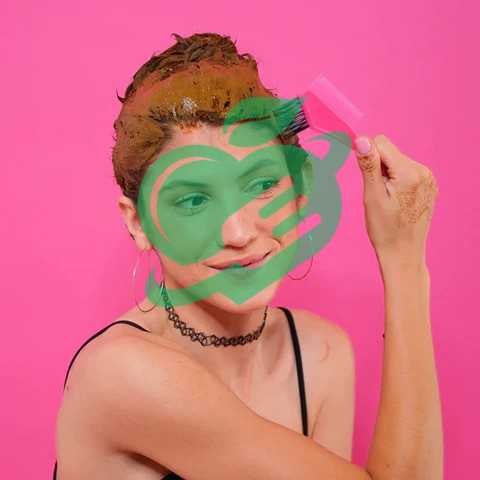
Patch Testing for Allergic Reactions
As exciting as henna may be, it’s essential to prioritize safety before diving into your hinna journey. The first step is patch testing, a simple yet vital precaution that can save you from uncomfortable allergic reactions. Patch testing involves applying a small amount of hinna paste to a discreet area of skin, usually on the inner arm, and monitoring for any adverse reactions over 24 hours. Here’s how to go about it:
- Prepare the Test: Mix a small amount of henna paste as previously directed.
- Apply: Dab a small amount onto your inner forearm or behind your ear.
- Cover it Up: Leave the area uncovered for about 2 hours, then rinse.
- Observe: Monitor the area for signs like redness, itching, or swelling over the next day.
If you notice any irritation during this period, it’s best to avoid using henna completely. Personal anecdotes abound of those who overlooked patch testing and were met with unexpected discomfort, often leading to regrets.
Avoiding Chemical Additives in Henna Products
When purchasing henna products, it’s important to avoid chemical additives, which can be harmful to both your skin and hair. Natural hinna should be free from substances like PPD (p-Phenylenediamine), which is often found in black hinna and can lead to severe skin reactions. Here are simple tips to ensure you’re choosing pure hinna:
- Read Labels: Always check the ingredient list before purchasing.
- Purchase from Reputable Sources: Opt for organic or natural hinna from trusted vendors or brands.
- Look for Certifications: Many high-quality hinna brands will display certifications indicating purity.
Taking these safety precautions ensures that your henna experience remains positive and enjoyable. By patch testing and selecting high-quality hinna, you can embrace the beauty of this natural dye without worry, allowing you to fully enjoy its enchanting effects.
Read also: Everything you care about dry skin
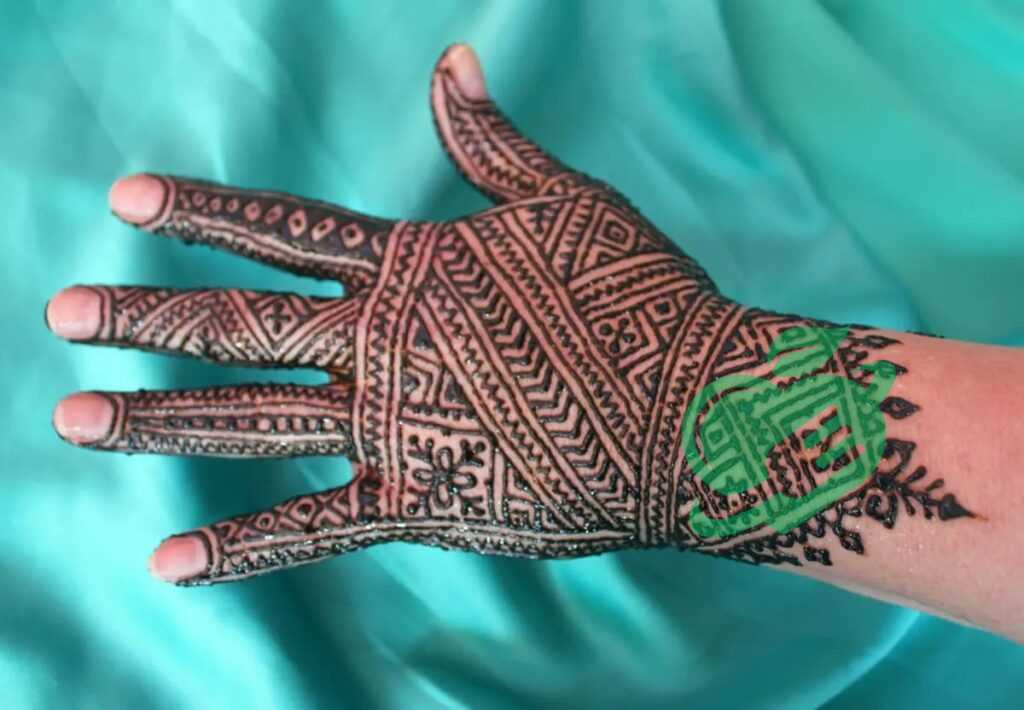
Cultural Significance of Henna Body Art
As we explore the beauty of henna, it’s impossible to ignore its deep cultural significance across various societies. Hinna body art isn’t merely a fashion statement; it symbolizes celebration, heritage, and beauty in multiple cultures. In many Middle Eastern and South Asian cultures, hinna designs serve as expressions of joy. For women, the intricate patterns often represent femininity and strength, showcasing artistry passed through generations. For instance, you might notice that in India, brides are adorned with elaborate mehndi designs on their palms and feet, symbolizing luck, love, and prosperity in their new journey.
- Spiritual Symbols: Many designs utilize motifs that represent spiritual beliefs, such as paisleys for fertility or lotus flowers for purity.
- Community Bonding: Applying henna is often a communal activity where friends and family come together, enhancing connections and creating cherished memories.
Rituals and Celebrations Involving Henna
Henna plays an integral role in various rituals and celebrations around the world. The most notable is the Mehndi Ceremony, a pre-wedding event in South Asia where intricate henna designs are applied to the bride and her close female relatives. This joyous celebration includes music, dancing, and plenty of laughter, signifying the beginning of new beginnings. Additionally, hinna is commonly used during festivals like Eid and Diwali, marking significant cultural and religious occasions. The act of applying hinna during these times unites families and communities, emphasizing solidarity and shared beliefs. Many personal stories reflect the beauty of these traditions. I remember attending a friend’s wedding where the atmosphere was electric with laughter and music as we all joined in to create beautiful hinna designs for the bride. The shared experience not only brought us together but allowed us to honor our cultural heritage. Hinna continues to weave through stories, enriching lives and marking moments of significance across various cultures, making it a true marvel of artistry and tradition.
Read also: The Hair Health Diet: How to Eat Your Way to Gorgeous, Strong Hair

Tips for Prolonging Henna Color
Once you’ve enjoyed the vibrant hues of your henna application, you might want to keep that color as long as possible. Maintaining hinna’s rich tones can be a delightful challenge, but with a few tips, you can make your designs last longer!
- Limit Water Exposure: After your henna application, try to avoid water contact for the first 24 hours. Once it’s set, keep your skin dry during showers and avoid long baths.
- Moisturize with Care: While moisturizing is essential, opt for natural oils (like coconut or jojoba) instead of heavy lotions that can strip the color.
- Avoid Harsh Chemicals: Avoid exfoliating scrubs or chemical-based products, which can fade your henna quicker. Gentle cleansers will do the trick without compromising the design.
- Stay Cool: Extreme heat can cause hinna to fade more quickly, so consider wearing light clothing and avoiding prolonged sun exposure, which may lead to premature fading.
Many people have shared how an unexpected compliment on their henna design during a sunny day led them to reconsider their sun protection efforts!
Natural Ways to Fade Henna from Skin and Hair
While many wish to prolong henna’s vibrancy, others may seek natural methods to fade it gently—be it for an upcoming event or simply a change in style. Here are some effective techniques:
- Exfoliation: Regularly exfoliate the area with natural scrubs made from ingredients like sugar or baking soda. This helps remove layers of skin and gently lifts the henna.
- Lemon Juice: Apply lemon juice to the henna stain. The acidity helps to break down the dye. Remember to rinse after a few minutes to avoid irritation!
- Soak in Oil: For fading hinna in hair, warm oil treatments can help slowly dissolve the pigment over multiple applications.
- Saltwater Soaks: Soak the hennaed area in saltwater. The salt acts as a natural exfoliant and can help fade the color.
With these tips, you can enjoy the beauty of hinna to its fullest or remove it when the time feels right, giving you the freedom to embrace change anytime!
Read also : 5 important therapeutic procedures to eliminate acne

Incorporating Henna in Beauty Products
As the world of beauty evolves, henna continues to reinvent itself, finding its way into a range of modern beauty products. Its natural properties and rich history make it a beloved ingredient among those seeking alternatives to chemical-heavy formulations. Today, you might find henna incorporated in products such as:
- Hair Care: Shampoos and conditioners with henna promise nourishing benefits and hair color enhancement. Users often rave about shinier locks and stronger strands after using these products.
- Skin Care: Henna extract is being used in face masks, creams, and lotions. It is praised for its anti-inflammatory and soothing properties—a true boon for sensitive skin.
- Tinted Moisturizers: Some cosmetic lines are leveraging henna for its temporary tinting qualities, offering subtle color without the commitment of traditional dyes.
I remember trying a henna-infused hair mask and being surprised at how soft and vibrant my hair felt post-application! The brightness was an added bonus.
Henna Innovations in the Cosmetic Industry
Innovation in henna doesn’t stop with incorporation; it extends to several groundbreaking trends reshaping the cosmetic landscape. Some notable advancements include:
- Eco-Friendly Packaging: As sustainability becomes paramount, brands are opting for biodegradable and recyclable packaging for hinna products, appealing to eco-conscious consumers.
- Henna-based Brow Products: The rise of eyebrow grooming has led to henna being used in products designed to tint and shape brows naturally. This trend captures the essence of a bold brow without any chemical damage.
- Customizable Henna Kits: Personalized henna kits are emerging. These kits allow users to blend ingredients and colors to match their unique preferences, turning henna applications into creative endeavors.
The fusion of tradition and modernity ensures that henna not only retains its cultural significance but also stays relevant in contemporary beauty practices. As consumers feel empowered to choose natural products, the henna trend looks set to flourish even more, bringing with it a promise of creativity and sustainability.
Read also: Dye Disasters? 7 Easy Solutions for Removing Hair Dye from Skin

Recap of Henna’s Versatility and Benefits
As we wrap up our exploration of henna, it’s clear that this ancient plant has a wealth of versatility and benefits for hair and skin. From its stunning natural coloring properties to its nourishing qualities, hinna has firmly established itself as a beloved choice in beauty routines worldwide.
- For Hair: Henna enhances color and strengthens and conditions, transforming dull strands into shiny, healthy locks.
- For Skin: Its use in body art signifies joy and celebration across cultures, turning the skin into a canvas of self-expression while offering soothing benefits for various skin types.
Personal experiences abound when it comes to henna! Many have shared how a simple henna dye became a cherished ritual with friends or family, invoking a sense of community and connection through the application process.
Embracing Henna for Natural Hair and Skin Beautification
In a world that increasingly values natural ingredients, embracing henna for beautification is not only a nod to tradition but also a step towards sustainability. With countless options available—whether you are looking to dye your hair, decorate your skin, or incorporate henna into modern beauty products—there’s something for everyone. Allowing hinna to become a staple in your beauty regimen is a wonderful way to nourish your body while celebrating a rich cultural history. As you experiment with different designs or colors, you’ll find that hinna offers a unique opportunity for creativity and individuality. So, whether you’re preparing for a special occasion or simply indulging in self-care, make hinna a part of your journey—an experience that beautifully blends nature, art, and heritage into something truly special!
Guidelines and advice for using henna When applying henna to your hair or body, it’s important to follow these guidelines:
- Quickly clean any henna stains during preparation, as they can be challenging to remove due to their natural dye properties.
- It’s a good idea to apply a bit of olive oil around your ears and along the hairline before using henna to prevent staining the skin.
- Avoid metal utensils when preparing henna powder to prevent any adverse reactions.
- Test for any allergies by applying a small amount of henna to a discreet area of the palm first.
- Use rubber or plastic gloves while preparing henna, and wear long sleeves to protect your arms from staining.
- Refrain from applying henna over hair that has been chemically dyed. It’s important to note that hair henna and henna for body art are not interchangeable.
Warnings and Risks
- While henna is generally safe and poses minimal risks, it’s important to exercise caution when contemplating its use, particularly with black henna. This variety may carry certain risks and potential harms, including:
- Skin rash.
- General discomfort in the body.
- Allergy in some people.
It’s important to be cautious before using henna infusion or its seeds, as they may pose safety risks. Pregnant women, in particular, should refrain from using it, as it could potentially result in miscarriage.

